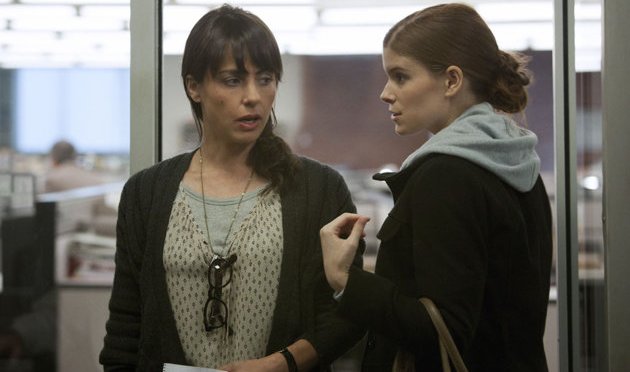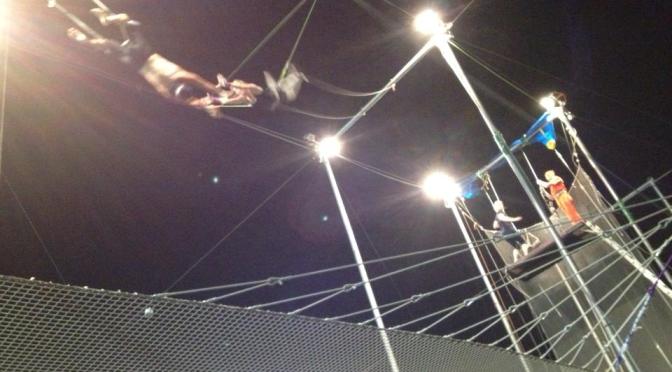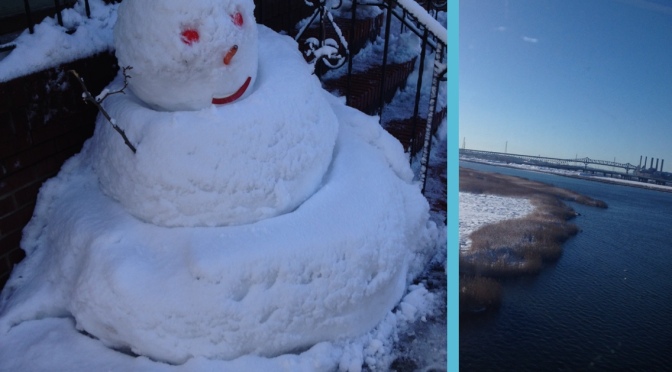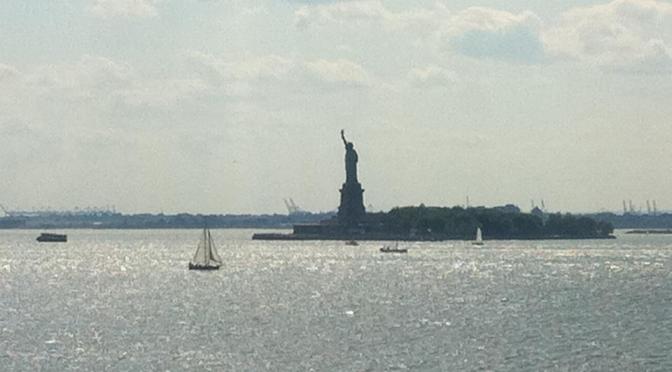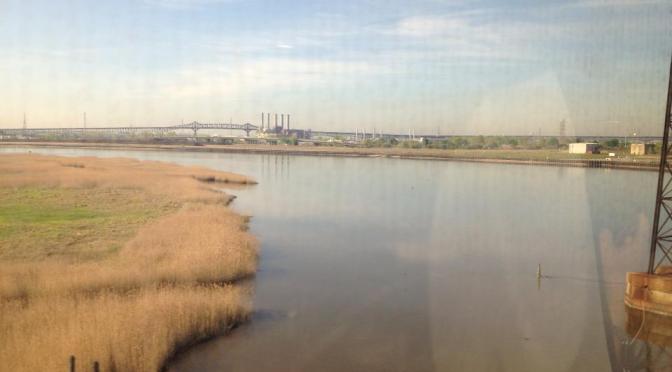My husband and I recently started a free trial month of Netflix. We have never been big TV watchers; in fact, we don’t even have cable. Our usual form of entertainment is checking out ’40’s movies from the library. Once we saw how quickly late fees added up, though, it made sense to look into Netflix.
A week and a half into the experiment, I’m discovering that I have less self-discipline than I’d like to admit. I’m already an avid watcher of “House of Cards.” I’d like to be content watching one episode and moving on with my life, but with each show ending with a cliff-hanger and the next show just the click of a button away, it’s all too easy to watch two or three in a row.
Not a problem on the occasional Friday or Saturday night, but even on weeknights, I’ve discovered there seems to be a “casino effect” whereby we absolutely lose track of time. We would break for a time check and be stunned to see it was 12:30. At least we didn’t watch an entire season in one weekend like 668,000 other Netflix subscribers did, but still not the healthiest choice.
I found myself getting less than 7 hours of sleep on a couple of nights, and sure enough, before long I picked up the February bug that’s been going around. Maybe some people can survive on 6 1/2 hours of sleep, but I’m not one of them. I pick up whatever germs are floating around when I’m sleep-deprived.
We make resolutions during the day that we don’t keep at night. After floating wisdom to my loved ones like “the trick is to just watch one show then call it a night,” I promptly proceeded to waste away an evening utterly absorbed by the fantasy world in front of me. When our TV died last night (it was 9 years old), that didn’t stop us–we downloaded the Netflix app on my iPhone.
Do I love it or hate it? Do I want to keep Netflix or go back to my spartan ways? I’m not sure. I do know that intellectually I believe in moderation, but when it comes down to it, I will binge on “House of Cards” as much as anyone. This is why I don’t keep ice cream in the house. I would rather have two bites of dark chocolate and a cup of peppermint tea, but if there’s ice cream in the freezer, it will be eaten.
It’s good to know our limits and our temptations. We will probably keep Netflix, because it sure beats picking up DVD’s from the library, but I am giving serious thought to how I can incorporate it into a balanced life.
In such cases, it can be helpful to think through the consequences of an action fully. For example, that could mean imagining sleeping 6 hours, waking up feeling groggy, being cranky all day, possibly coming down with a cold or flu, getting behind on work, feeling stressed, and being short with those around me. If everyone truly went through that process, far fewer of us would stay up till 12:30 watching “House of Cards.”
I honestly haven’t applied that technique to this situation yet, but I’m going public to help me do so. I’ll give it a shot next time I’m tempted to click the remote to start another late-night episode and report back on the results.
My new goal is to continue to watch, but to do so more mindfully. My hunch is that I’ll be healthier, better rested, in a better mood… and perhaps less obsessed with Zoe, Lucas, and the rest of what is, when you come down to it, a fantasy world.
